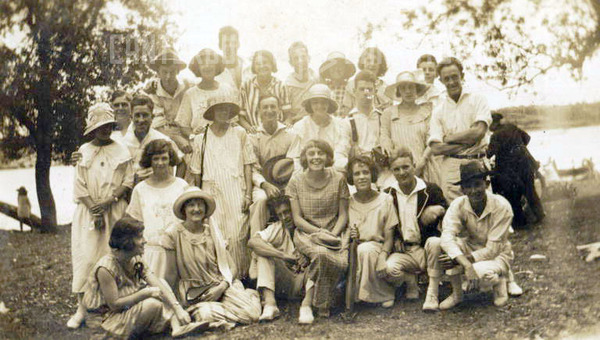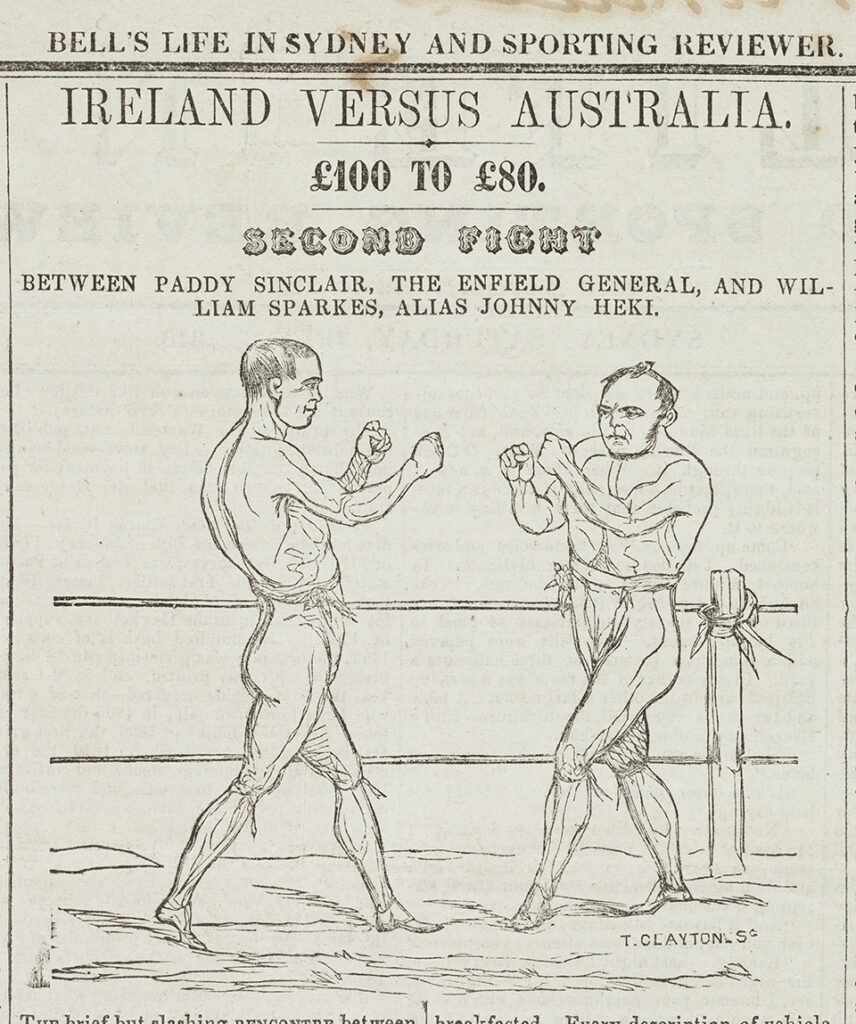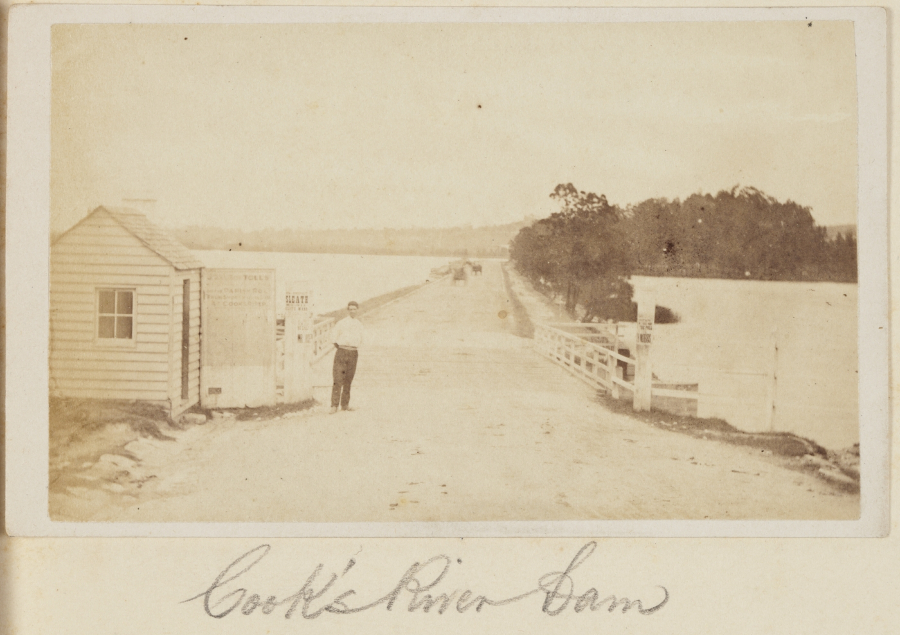Through the process of creating my historical project on the Cooks River, the thing that struck me the most was how much I personally learnt about the place that I grew up next to. Obviously I had a basic understanding on some of the history that is centred upon the Cooks River. I knew that it had an important Indigenous history from doing a walking tour when I was younger. The tour guide explained all the Aboriginal uses for the flora and fauna around the river, for medicine and food as well as for building huts – and this knowledge was something that informed my project. With that obviously comes European invasion, so I felt that I had to highlight the events that happened with colonial development around the Cooks River. However, it was the little historical stories that I read that left me spellbound – from the fact that limestone was not available for building houses in the early 1800s and how oyster middens provided lime and mortar instead, to learning about how the river was once so clean that visitors used its water to make tea!

The form I chose for presenting my research was to create a webpage on the Cooks River Alliance’s website, under their ‘learn more’ tab. I still have more work to do, such as commissioning the artwork and working further with my organisation to ensure the webpage is what they want. So, the form my project ended up taking for the course was a mock-up of what the website will hopefully look like. The webpage will consist of a timeline from around the mid-1700s up until current times and is an informational and educational source for the greater public to learn more about what the Cooks River has provided in terms of its historical impact on the city of Sydney and the communities who are part of the geographical locale.
What I feel is unique about my project is that there has not yet been a thorough and conclusive timeline on the Cooks River. Online, the Dictionary of Sydney which has multiple webpages on the Cooks River but it is not centred in the one place. As well, the addition of my father’s watercolours for the webpage, as symbolic guidance to each historical event that includes the river, will differentiate it from other historical projects – making it a piece of visual history.
The argument I am attempting to present with my project is that the Cooks River, a river that has often been called a variety of not so flattering names, and as a public space, has only just recently returned to being a spot for recreation, deserves its stories to be told and to be heralded as an important place within the history of Sydney. This includes looking at how it shaped the development and progress of suburbanisation, industrialisation and leisure.
The river also reveals a lot about the people who lived around it, what their interests were; for example, the illegal boxing matches in the early 1800s, and what they metaphorically fought for, such as the outbreak of typhoid in 1894 that led to an outcry from the public regarding pollution in the river. These mementos of history shine a light on the historical depth of Sydney itself and provide a stronger connection to place and belonging, something I feel is needed as a resident of the Cooks River community.

The significance of my project is that it captures not only the previous history of the river but will serve as a watermark for the river’s progression into the future, environmentally and societally. Many changes are occurring with the river currently and it will be interesting to see in ten years or more how else it has evolved. I think it is important for the Cooks River Alliance, which is a council-run organisation, to acknowledge the river’s history on their website, including both the negative and positive aspects. They must be aware of what has come before and disclose all facets of the river’s past to be able to move forward and aptly shape the river’s current role in the history of Sydney.


Hi My grandson is in primary school and lives close to the Cooks River in Earlwood. I thought the articles in the Sydney Morning Herald about the Cook’s River showed fantastic work which should be made into an educational resource for children, to teach regional approaches to the environment and ourselves. Unfortunately I lent the articles to my daughter who lost them, so now I’m trying to trace their source again to address this idea further. Kids in primary school need to understand these environmental and regional approaches which can be aided or avoided by any IT emphasis, I guess. See my approach at http://www.Carolodonnell.com.au I thank you for your great work and look forward to further contact about educational resources if you are interested in this matter further. Cheers Carol